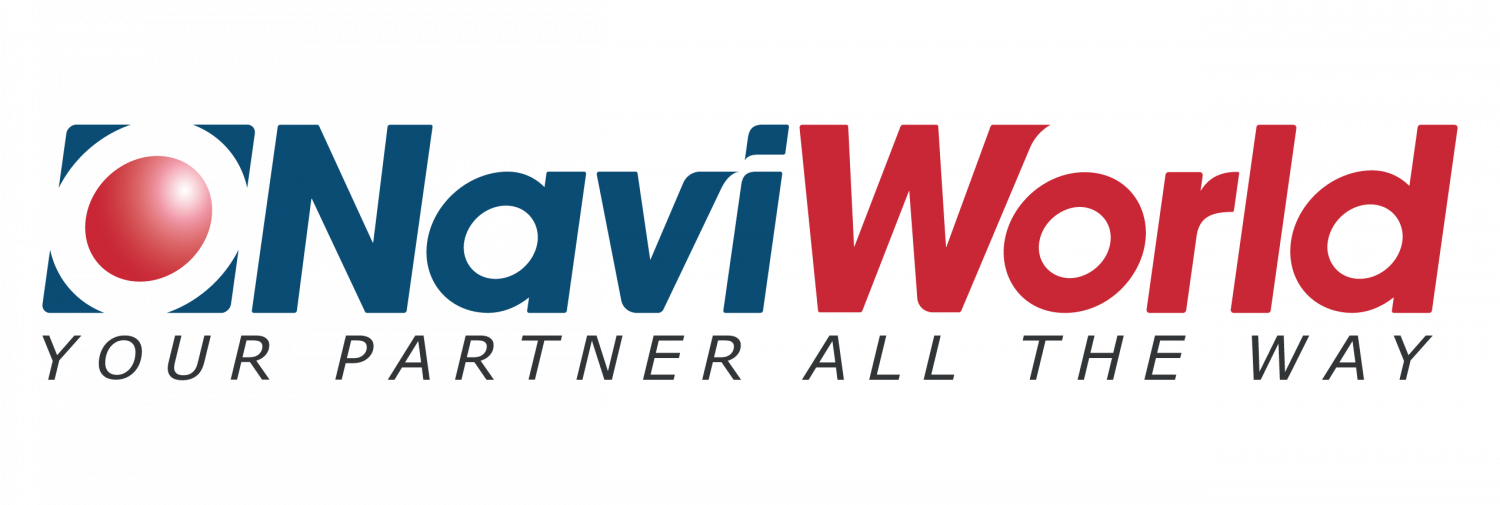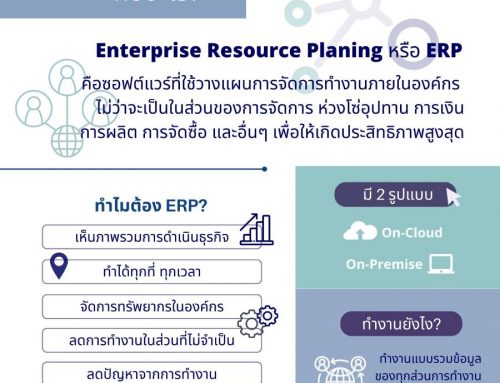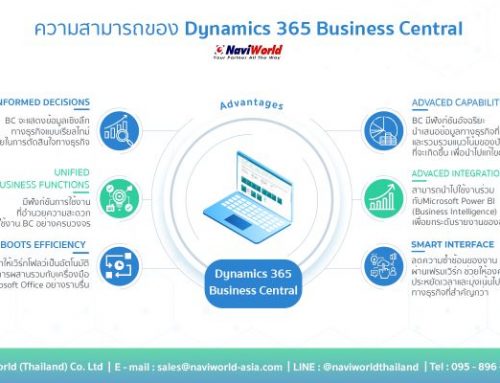ERP for SME
How to Select Enterprise Resource Planning (ERP) for SME (Small and Medium-Sized Enterprises)
Statistics Singapore 2019 report classified 99% of companies in Singapore as Small and Medium-Sized Enterprises (SMEs). SMEs employed about 72% of the total labour force in Singapore and contributed to 44% of the economy.
In the Association of Small & Medium Enterprises (ASME) -Microsoft Singapore study published on 23 October 2018, only 57 per cent of Singapore SMEs polled said they have heard of the term’ digital transformation’. Those who are actively implementing digital initiatives are optimistic about the potential impact that digital transformation will bring to their bottom lines.
The study also showed that Singapore SMEs who embrace digital transformation expect to see average revenue gains of 26%.
At the core of every ‘digital transformation’ is the Enterprise Resource Planning (ERP). It is an essential backbone of all digital transformation effort. It is useless to have a successful E-Commerce system without an efficient operation and financial process to handle the in-flood of orders.
Understandably, it is often challenging for SMEs to select and implement ERP successfully.
In some aspects, it is especially challenging for Singapore companies in selecting their ERP. The changes in the ERP market over the last 20 years had made Singapore unique as compared to other countries.
Challenges for Small and Medium-Sized Enterprise (SME)
- Lack of IT Resources – Difficult to recruit quality IT personnel and even more challenging to retain them. So, the ERP system needs to be easy to maintain.
- Limited Financial Resources – So, million dollars ERP project is out of the question.
- Rapidly Changing Business Environment – SME needs to be flexible in operations, so, big and rigid ERP that takes years to implement will not work.
- Lack of Economy of Scale to Achieve ROI – With smaller revenue, the multiplier effect of technologies will be more limiting than larger enterprises.
- Complex Business Processes handle by Smaller Workforce – And yet, the business processes of SMEs are often not much simpler as compared to larger enterprises. Due to the smaller workforce, it is even more important to be efficient.
How does SME know it needs an Enterprise Resource Planning
Managing Beyond the Line-of-Sight
SMEs often start with an entrepreneur or partners. They are usually very hands-on people who know every single business and operational matters in the company. The team often started small, and in one look over the office, the entrepreneurs can often obtain information rapidly.
However, when the company starts to grow, control and management of the business will become more challenging. You have to devise a new way of managing business and operations that have grown beyond your line of sight. There will be more mistakes and information delay. And, you will start to have a fear of things getting out of control.
Now, that’s when you need to look into Enterprise Resource Planning (ERP) solutions.
Outsource Accountant
Mid-sized companies need ERP. Smaller companies may only need accounting software. You may like to read my article about “Differences between Accounting Software and ERP” for further reference.
SMEs considering Enterprise Resource Planning for their company should understand what benefits that ERP will bring to them.
How to Select ERP for SME?
So, how to select an ERP that fit your needs?
Big ERP that Cost Millions is Out
This consideration is straight forward. If you calculate the project ROI, you will understand why a more extensive ERP that cost millions and takes years to implement will not be on your shortlist.
ERP is a Multiplier, the Bigger your Company, the Bigger the Impact
You will have the ROI to select a more comprehensive ERP if your company revenue is higher.
Think Big, Start Small and Slowly Progress to the Perfect Solution
Very often, I see companies who implemented a cheaper ERP solution only having to go through the painful change again a few years later to implement a more advanced ERP.
People People People
Get the right people involved, not just IT. ERP is not an IT Project.
Involve your key persons in the selection and implementation. The right people will make change management more manageable.
Business Owner/Senior Management should Lead
Design a Demo Flow
ERP Selection is not as complicated as it seems. But users often got carried away when the ERP vendors start to show the “Bells and Whistles”.
Draw out a demo flow using a few of your key business scenarios with some of your sample data. Ask the vendors to show you how their ERP system executes your demo flow.
This method will give you some near real-life experience of the system according to your business operations.
Set Clear Objectives and List Down What you Want to Solve
Set clear objectives of what you want to achieve with your ERP project. Try to keep to these objectives throughout the project. These objectives will help you to control the scope of the project and minimize budget overrun.
List down the issues that you are trying to solve with the ERP and expand them into evaluation criteria.
Start with Microsoft for SME
For mid-sized ERP, it is obvious that Microsoft Dynamics 365 Business Central (formerly known as Navision) is currently dominating the Singapore markets. It has the largest pool of implementation partners, consulting resources and user base. Microsoft has established itself in the Singapore market about 20 years ago, offering on-premise, cloud++ and hybrid options. Microsoft Dynamics 365 Business Central is one of the excellent SME ERPs that you could start with for evaluation. From there, you can expand to other ERP solutions to include in your evaluation.
Cloud or On-Premise
With more deployment options for ERP, it can be confusing. I have written a topic on “Cloud ERP or On-Premise ERP – What you Need to Know” and “Is Cloud ERP Right for You?” which will be useful for your reading.
Comprehensive Proposal
Make sure that the proposal has a detailed breakdown, which are included and which are not. Do not accept a lump sum proposal without a breakdown. Ask questions if you do not understand.
The proposal must be clear on how your project will be implemented and manage. Project Management is essential, not just consultant services.
It is crucial to put all agreement in writing, either in the proposal or email.
I had come across cases that the salesperson from the ERP vendor made promises that were not aware of by their implementation team, which end up with arguments when the project commenced.
Implementation is Key
I often find from troubled ERP projects, that they selected the right ERP, but neglected the implementation. Lack of project management very likely happened in these projects. The reduction in project management is probably due to the need to lower implementation costs that make the ERP vendors cut corners.
Minimize Customization
Nearly all the troubled ERP projects that I saw were unnecessarily customized. Some companies failed to manage user expectation. But sometimes the heavy customizations were due to incompetent consultants. Often, some vendors quoted lower initial price and trying to make money back. Or worse, ERP vendors intentionally trying to make it sticky so that the customer cannot change to other vendors.
It is not wrong to have some extent of customizations in an ERP project. However, always avoid customizations that alters the core flow of the ERP software. These often lead to project instability and long term project troubles, and in the worst-case scenario, ERP project failure.
Can you learn more about ERP from my article on “Why You Should Minimize Customization in ERP Projects” and “Why You Should Avoid Customized Software.”
Trust Your Selected Vendor
Visit and talk to the customers of the ERP vendor, especially those who had implemented within the last year. Ask questions to understand how the project was implemented, what they like and dislike.
After you have selected the vendor, trust your selected ERP vendor. If you do not trust the vendor, think twice before signing the proposal.
Do not try to squeeze or take advantage of your selected ERP vendor. This behaviour will only leave both parties in bitter experience and sour relationships. It will make the implementation and future support difficult.
In reality, you are new to ERP, and the vendor is doing this day-in-day-out, how likely do you think you will ultimately benefit by behaving this way in your ERP project?
Conclusion
ERP selection and implementation is not a perfect science. Often it is more an art.
However, the critical nature of the ERP project dictates that top management put in attention and effort to ensure that an appropriate ERP is selected. It should support the future growth of the company yet achieve the necessary ROI.
You will also read our articles on “Seven Myths About ERP” to understand what are the common misconceptions that may affect your decision in the selection of ERP.
If you like to discuss this topic, please do not hesitate to contact us.







